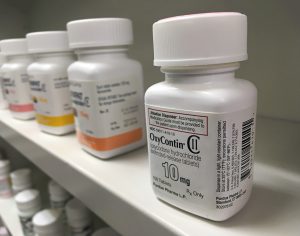
I get this question fairly often, and it’s a good one. It usually goes something like this: a person had a total hip replacement several years ago. A few years pass. Then out of the blue the individual receives a letter from the artificial hip manufacturer or from the implanting surgeon explaining that a recall has been issued for the artificial hip components implanted. (And these are the lucky patients; many people who receive an artificial hip that was later recalled never get notification from their doctor, the manufacturer, or anyone. They don’t discover they have a defective artificial hip until the pain, metallosis, or other injury develops.) If I were in this position, and I received a recalled artificial hip, I would want to know: Should I have the recalled hip removed? And should I have the hip removed immediately?
As with most things in life, the answer is not simple.
I have been a product liability lawyer for many years now, and in that time I have spoken with hundreds of people suffering from defective products. I have heard dozens of variations on a similar narrative. While this is neither medical nor legal advice, here are my suggestions:
 North Carolina Product Liability Lawyer Blog
North Carolina Product Liability Lawyer Blog













